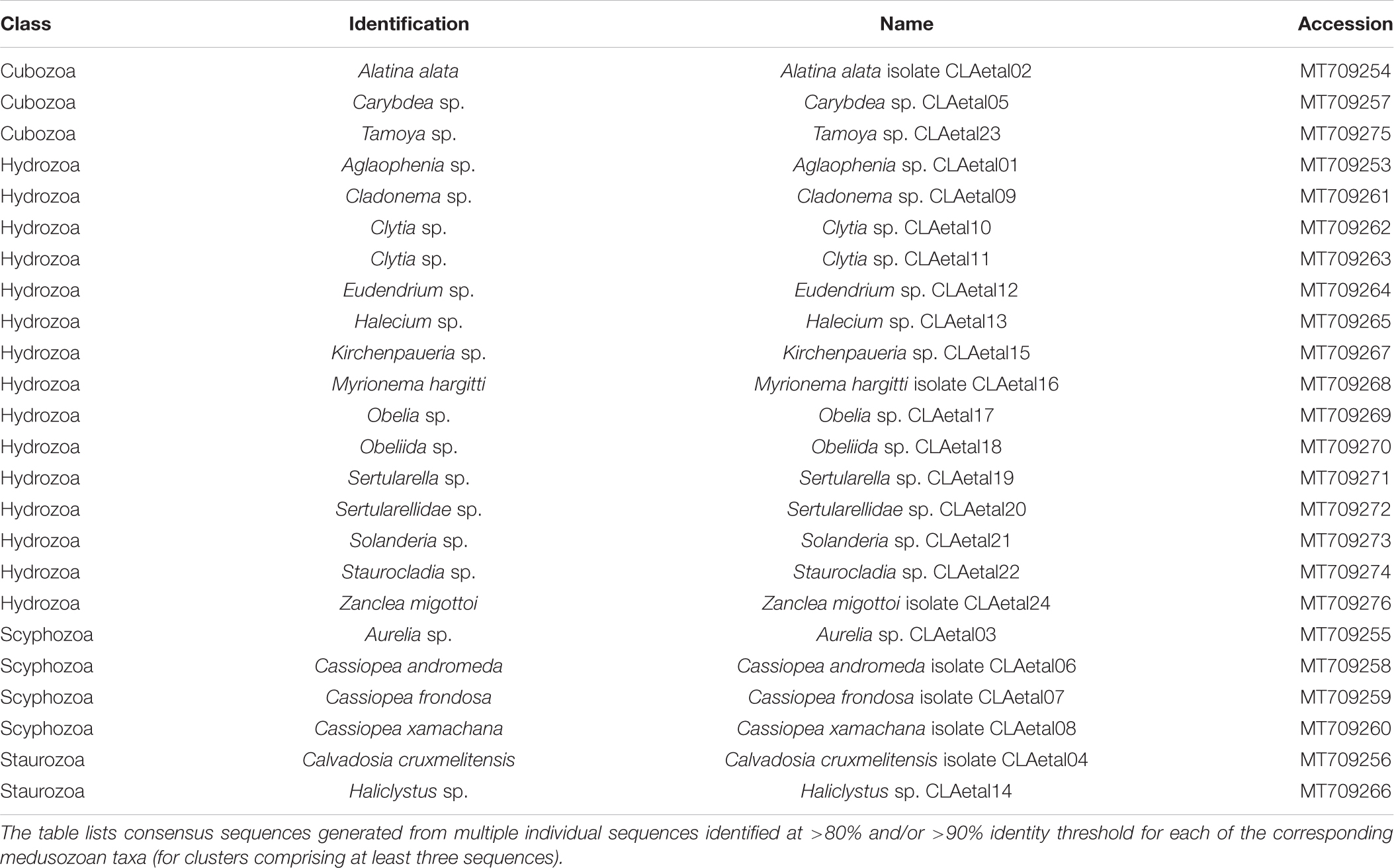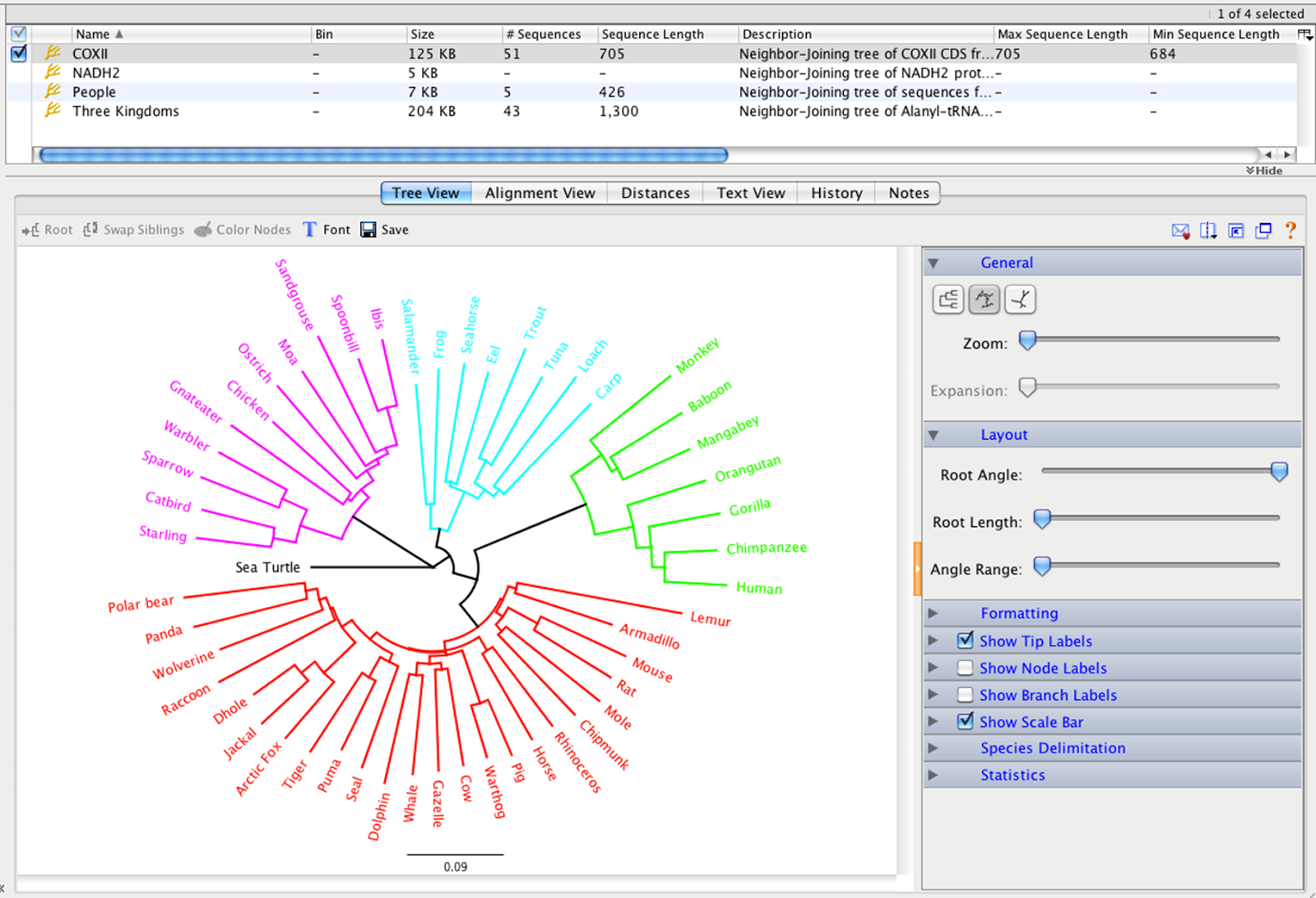
Sequence analysis of exotic cat Fel d 1 orthologs The results indicate that Fel d 1 is amenable to gene editing using CRISPR and provide the first step in creating Fel d 1 knockout cats. This approach has enabled the evolutionary relationships between Fel d 1 and exotic cat orthologs to be established and provides novel insight into the biologic function of the allergen. Here, we report a structural bioinformatics analysis of Fel d 1 to optimize single-guide RNA (sgRNA) site selection for CRISPR editing of the allergen. Given the advantages of CRISPR gene editing and a specific genomic target in Fel d 1, CRISPR is a practical approach for tackling cat allergic disease, which may greatly improve the lives of cat-allergic individuals. 28 Additionally, CRISPR has demonstrated promise in therapeutic applications (e.g., sickle cell disease and β-thalassemia 29) and offers profound clinical potential. CRISPR in particular offers considerable improvements in throughput, target specificity, editing efficiency, and precision compared to prior technologies. Genome engineering presents a unique opportunity for the unequivocal deletion of Fel d 1 from cat cells and tissues and may provide the critical step in establishing the definitive function of the allergen. The Fel d 1 genes are not expressed in species beyond the family Felidae, though homologous sequences with ∼25–50% identity have been identified in rabbit (uteroglobin protein 7), human (Clara cell 10 kD secretory protein 7), mouse (androgen-binding protein 27), and the slow loris primate (brachial gland secretion protein 24).

7, 23–26 To date, there have been no documented knockouts of Fel d 1 in cats. While the biologic function of Fel d 1 is unknown, studies suggest that the protein may play a role in chemical communication, epithelium defense, or immune regulation. 20 Though several other cat allergens have been identified (e.g., Fel d 4), they are of less allergenic and clinical significance. 15–19 High-level exposure to Fel d 1 drives modified Th2 immune responses that elicit IgG4 antibody production in allergic and nonallergic individuals. 14įel d 1 causes IgE antibody-mediated sensitization in ∼95% of cat allergic patients and accounts for 60–90% of the anti-cat IgE. 7, 8 The genes CH1 and CH2 (human gene nomenclature used here for cat), encoding chains 1 and 2, respectively, are located in a genomic span of 100-fold) and even within the same cat. The major cat allergen, Fel d 1, is a 35 kD tetrameric protein composed of two heterodimers, each of which consists of two chains: chain 1 (70 aa, 8 kD protein) and chain 2 (92 aa, 10 kD). 4 Despite the prevalence and potential severity of cat allergic disease, current treatments merely address the allergic symptoms (e.g., antihistamines) or have demonstrated inconsistent results (e.g., cat allergen immunotherapy 5, 6). National Health and Nutrition Examination Survey attributed more than 500,000 asthma attacks per year and ∼350,000 emergency care visits to patients who were sensitized and exposed to cat allergen. Taken together, our data indicate that Fel d 1 is both a rational and viable candidate for gene deletion, which may profoundly benefit cat allergy sufferers by removing the major allergen at the source.ĭomestic cat ( Felis catus) is the most common source of mammalian allergen, with allergy to cat affecting up to 15% of adults and children and producing symptoms that range from rhinoconjunctivitis to severe asthma.

In vitro knockouts of domestic cat Fel d 1 using CRISPR-Cas9 yielded editing efficiencies of up to 55% and found no evidence of editing at predicted potential off-target sites. Comparative analyses of Fel d 1 and orthologous sequences from eight exotic felid species determined relatively low-sequence identities for CH1 and CH2, and implied that the allergen may be nonessential for cats, given the apparent lack of evolutionary conservation. Sequence and structural analyses of Fel d 1 from 50 domestic cats identified conserved coding regions in genes CH1 and CH2 suitable for CRISPR editing. Here, we present a bioinformatics analysis of the major cat allergen, Fel d 1, and demonstrate proof of principle for CRISPR gene editing of the allergen. Despite the pervasiveness of cat allergic disease, current treatments have limited impact.

Allergy to domestic cat affects up to 15% of the population, and sensitization to cat allergen is associated with asthma.


 0 kommentar(er)
0 kommentar(er)
